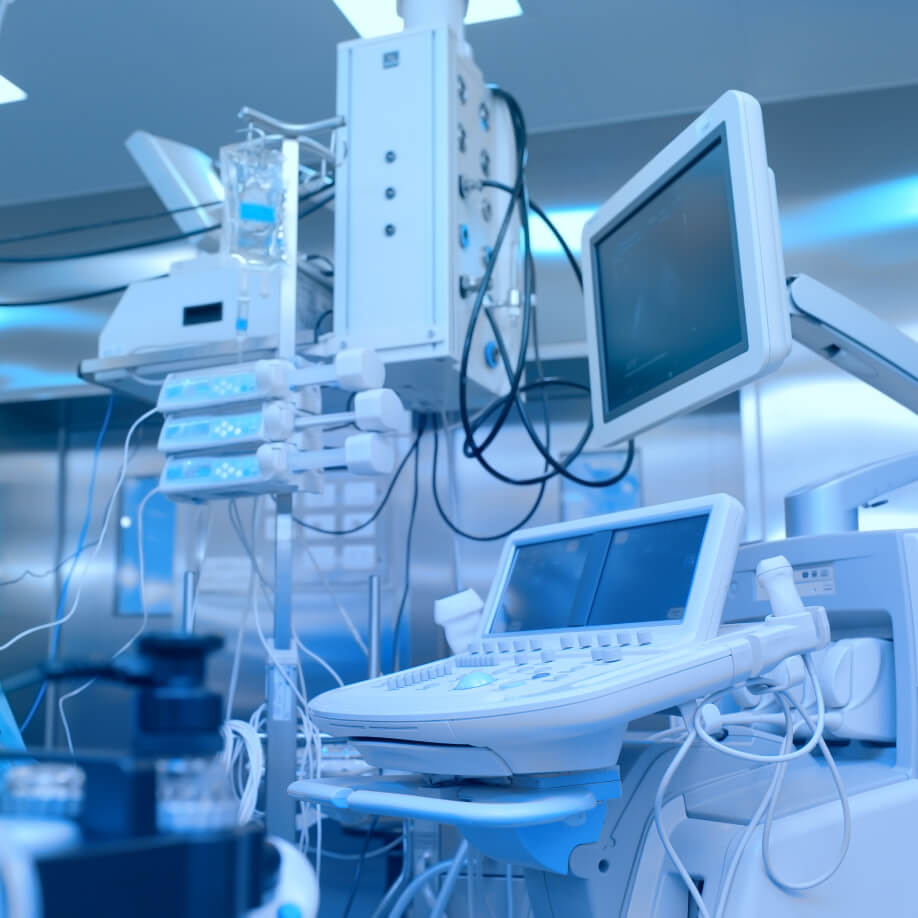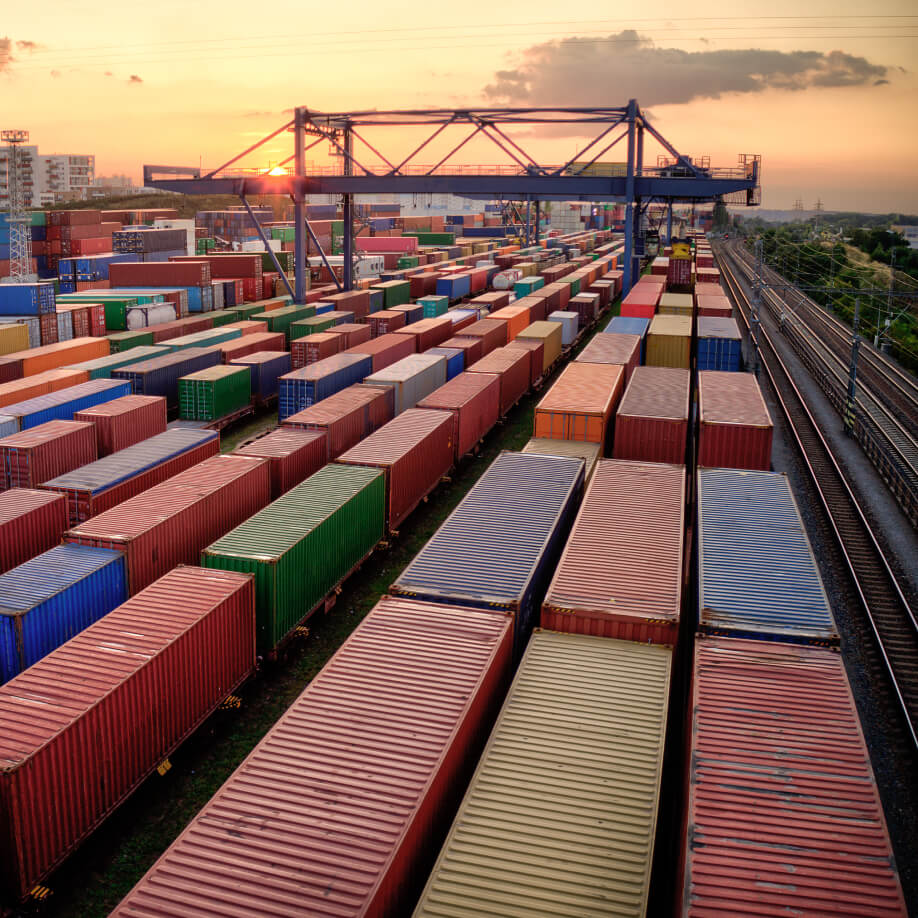Cyber-physical systems (CPS) merge computational and physical processes to bridge the digital and real worlds, enabling intelligent automation, real-time monitoring, and enhanced decision-making across industries. CPS represents a fundamental shift in how industries operate, integrating software, hardware, and networking technologies to create efficient, adaptive, and secure environments.
What is a Cyber-Physical System?
A Cyber-Physical System is a connected network of embedded devices that monitor and control physical processes through real-time data exchange. This tight integration between digital and physical components creates unique security challenges that go beyond traditional IT environments. In CPS, security must protect not only data confidentiality and integrity but also the safety and reliability of physical operations themselves.
By leveraging a synergy of computing and physical interaction, CPS is expected to play a pivotal role in driving the advancement of Industry 4.0, enabling smart factories and interconnected supply chains.
Significance of Cyber-Physical Systems
Manufacturing
CPS enables smart factories where production lines self-adjust based on real-time data, optimizing output while reducing waste. Predictive maintenance systems anticipate equipment failures before they occur, dramatically reducing downtime. Integrated control systems streamline production workflows and reduce human error, leading to increased productivity and safety.
Water/Wastewater
CPS revolutionizes water and wastewater management by enabling real-time monitoring of water quality, pressure, and flow. Advanced leak detection systems minimize water loss, while automated treatment processes ensure efficient purification. Smart water grids optimize distribution and consumption, reducing waste and improving resource sustainability.
Healthcare
Patient monitoring devices that automatically adjust treatment plans based on physiological changes are revolutionizing care delivery. Cyber and physical integration facilitates remote surgery and personalized medicine through continuous data collection and analysis.
Transportation
Connected vehicle systems communicate with infrastructure and other vehicles to prevent accidents, optimize traffic flow, and reduce emissions. Autonomous vehicles represent the ultimate cyber and physical integration, fusing sensors, AI, and mechanical systems.
Oil and Gas
CPS enhances operational efficiency and safety in oil and gas extraction, processing, and distribution. Remote monitoring of pipelines and wellheads allows for early detection of leaks and potential hazards. Refineries implement digital twins that optimize processing parameters based on incoming crude characteristics, significantly improving yield and reducing energy consumption.
Agriculture
Precision farming systems leverage sensor networks and automated equipment to optimize irrigation, fertilization, and harvesting based on granular field conditions, dramatically improving yields while reducing resource usage.
Petrochemicals
Advanced sensor networks monitor temperature, pressure, and chemical composition, preventing accidents and optimizing product quality. Integrated safety systems automatically respond to deviations before they become critical, while predictive analytics platforms optimize maintenance scheduling based on equipment condition rather than fixed intervals.
Energy Management
Smart grids dynamically balance supply and demand, integrate renewable sources, and self-heal during disruptions. CPS enables microgrids that can operate independently during broader system failures.
Key Components of Cyber-Physical Systems
Cyber-Physical Systems are complex systems with various interconnected components. This section focuses on the core elements that enable real-time interaction with the physical world: sensors and actuators, which gather and respond to environmental data; and communication networks, which facilitate data exchange and coordination. These components work together to form the foundation of CPS functionality, enabling dynamic interactions between the cyber and physical domains.
While this overview highlights the core components, it's important to remember that CPS also relies on other crucial elements, such as data management systems, advanced analytics capabilities, and sophisticated control systems. These additional elements ensure efficient and reliable operation, enabling intelligent decision-making, optimizing system performance, and enhancing overall functionality.
Sensors and Actuators
Smart systems rely on the collaboration of sensors and actuators to interact with their surroundings. Sensors act as the system's senses, collecting data like temperature or pressure.
This data is then sent to a controller, which acts as the brain, processing the information and making decisions based on predefined rules. Finally, actuators function as the system's muscles, carrying out the controller's commands to adjust the system in response to the environment.
Computational Nodes and Communication Networks
Computational nodes process sensor data, executing algorithms to drive system performance. These nodes play a crucial role in ensuring accurate and efficient automation. Communication networks, employing protocols like MODBUS, OPC UA, and Profinet, facilitate data exchange between CPS components, ensuring synchronized responses and coordination across large-scale systems. Advanced network protocols such as 5G, IoT, and edge computing enhance CPS capabilities, enabling faster data transmission and improved system reliability.
Each component presents a unique attack surface, requiring multi-layered protection to ensure operational continuity and data integrity.
Applications of Cyber-Physical Systems
CPS is revolutionizing multiple industries, driving efficiency, safety, and innovation. Below are key applications of CPS in different sectors:

Healthcare Applications
The healthcare industry benefits significantly from CPS through real-time monitoring, smart medical devices, and robotic-assisted procedures.
- Remote Patient Monitoring: Smart sensors enable continuous tracking of vital signs, allowing healthcare providers to detect anomalies and respond swiftly.
- Robotic Surgery: AI-powered robotic arms assist in performing minimally invasive surgeries with enhanced precision.
- Drug Delivery Systems: CPS enables controlled drug administration, ensuring accurate dosage and reducing human error.
- Wearable Health Tech: Devices like smartwatches and fitness trackers continuously monitor heart rate, oxygen levels, and activity, providing critical health insights.
- Hospital Automation: CPS optimizes patient record management, medication dispensing, and sanitation processes, improving overall efficiency.

Manufacturing Applications
CPS is at the heart of Industry 4.0, transforming manufacturing into an intelligent and adaptive ecosystem.
- Smart Factories: CPS enables interconnected machinery that adapts in real time to production needs, reducing downtime and enhancing productivity.
- Predictive Maintenance: AI-driven predictive analytics detect early signs of equipment failure, preventing costly disruptions.
- Supply Chain Optimization: Real-time tracking of goods ensures efficient logistics and reduces waste.
- Collaborative Robotics: CPS-powered robots work alongside human workers, increasing efficiency and safety in production lines.
- Quality Assurance: CPS-based automated inspection systems improve defect detection and product consistency.

Transportation Applications
CPS enhances transportation networks by improving safety, reducing congestion, and optimizing mobility.
- Autonomous Vehicles: Self-driving cars rely on CPS for real-time decision-making, obstacle detection, and route optimization.
- Smart Traffic Management: AI-powered systems adjust traffic signals dynamically, reducing congestion and enhancing fuel efficiency.
- Public Transportation Systems: CPS aids in optimizing routes, ensuring timely arrivals, and enhancing passenger experience.
- Drones and Aerial Logistics: CPS-based drone technology is used for package deliveries, aerial inspections, and emergency response.
- Railway System Automation: CPS enhances railway safety through predictive maintenance, automated signaling, and efficient scheduling.
Challenges and Security Concerns
As IT and OT systems converge, CPS environments face escalating cybersecurity threats. Attackers— from nation-states to insider threats and supply chain vulnerabilities—exploit the gaps created by legacy systems, insufficient network segmentation, and lack of visibility. These environments are particularly vulnerable due to their reliance on proprietary protocols, long equipment lifecycles, and limited patching capabilities.
Cyberattacks on CPS systems often target system interoperability and security, potentially causing widespread operational disruptions and endangering human lives.
Security Vulnerabilities
As CPS integrates digital and physical components, it becomes susceptible to cyberthreats, including:
- Data Breaches: Unauthorized access to CPS data can lead to information theft and system compromise.
- Cyberattacks: Hackers can manipulate CPS components, disrupting essential services and causing physical damage.
- Insider Threats: Human errors or malicious insiders can introduce vulnerabilities into CPS networks.
- DoS (Denial-of-Service Attacks): Cybercriminals can overload CPS networks, leading to failures in critical operations.
- Malware and Ransomware Threats: Attackers can deploy malicious software to compromise CPS and demand ransoms for system recovery.
To mitigate these risks, organizations must implement robust cybersecurity measures, including encryption, multi-factor authentication, intrusion detection systems, and AI-driven threat analysis.
Interoperability Issues
CPS relies on diverse systems communicating seamlessly, which can be challenging due to:
- Lack of Standardized Protocols: Different industries use varying communication protocols, leading to integration difficulties.
- Complex System Architectures: Interconnecting legacy systems with modern CPS frameworks can be technically demanding.
- Scalability Concerns: As CPS networks grow, ensuring efficient coordination among components becomes increasingly complex.
- Regulatory Compliance: Varying industry regulations pose challenges in deploying CPS across multiple regions and sectors. Read our in-depth blog post on cybersecurity compliance here.
- Hardware and Software Compatibility: Differences in manufacturers and platforms create compatibility issues in CPS environments.
Addressing interoperability requires the adoption of universal standards, open-source frameworks, and modular system designs that facilitate seamless integration across industries.
Future Trends in Cyber-Physical Systems
The rapid evolution of Cyber-Physical Systems is transforming how industries operate, driven by breakthroughs in AI (artificial intelligence), ML (machine learning), and the IIoT (Industrial Internet of Things). In modern industrial environments, smart machines, connected factories, and autonomous warehouses rely on real-time data collection, machine-to-machine communication, and automated decision-making to optimize performance, reduce downtime, and predict failures before they happen.
AI and Machine Learning Integration
AI is enhancing CPS capabilities by enabling:
- Predictive Maintenance: Machine learning algorithms detect potential failures before they occur, minimizing downtime.
- Autonomous Decision-Making: AI-powered CPS systems adapt dynamically to changing environments, improving efficiency and safety.
- Enhanced Security Measures: AI-driven threat detection enhances cybersecurity, mitigating risks in real time.
- NLP (Natural Language Processing): AI-driven voice-activated CPS interfaces enhance human-machine interactions.
- AI-Generated Insights: CPS will use AI to analyze vast datasets and generate actionable intelligence for operational optimization.
Advancements in Real-Time Processing
- Edge Computing: Processing data closer to the source to reduce latency and improve response times.
- Quantum Computing: Unlocking new capabilities for CPS by exponentially increasing computational power.
- Next-Gen Connectivity: Leveraging 5G and beyond to enhance communication speed and reliability in CPS networks.
Conclusion
CPS is revolutionizing industries with intelligent automation, real-time monitoring, and AI-driven decision-making. Through CPS, we can envision, design, implement, and continuously improve smart systems that benefit businesses, communities, and individuals. The security landscape is constantly evolving, but new technologies provide the tools to develop cutting-edge methods for safeguarding critical networks.
Purpose-Built CPS Security
The very systems that improve efficiency also expand the attack surface. Traditional perimeter security is no longer sufficient—Cyber-Physical Systems protection must evolve to include:
- Deep visibility into all OT assets, both legacy and modern.
- Anomaly detection powered by machine learning to identify emerging threats.
- Secure data flows across IT, OT, and cloud environments.
- Automated, audit-ready reporting to meet emerging regulatory requirements such as NERC CIP, IEC 62443, and NIS2 requirements.
Learn how OPSWAT’s MetaDefender for OT & CPS Protection is purpose-built to protect the next generation of critical infrastructure.

